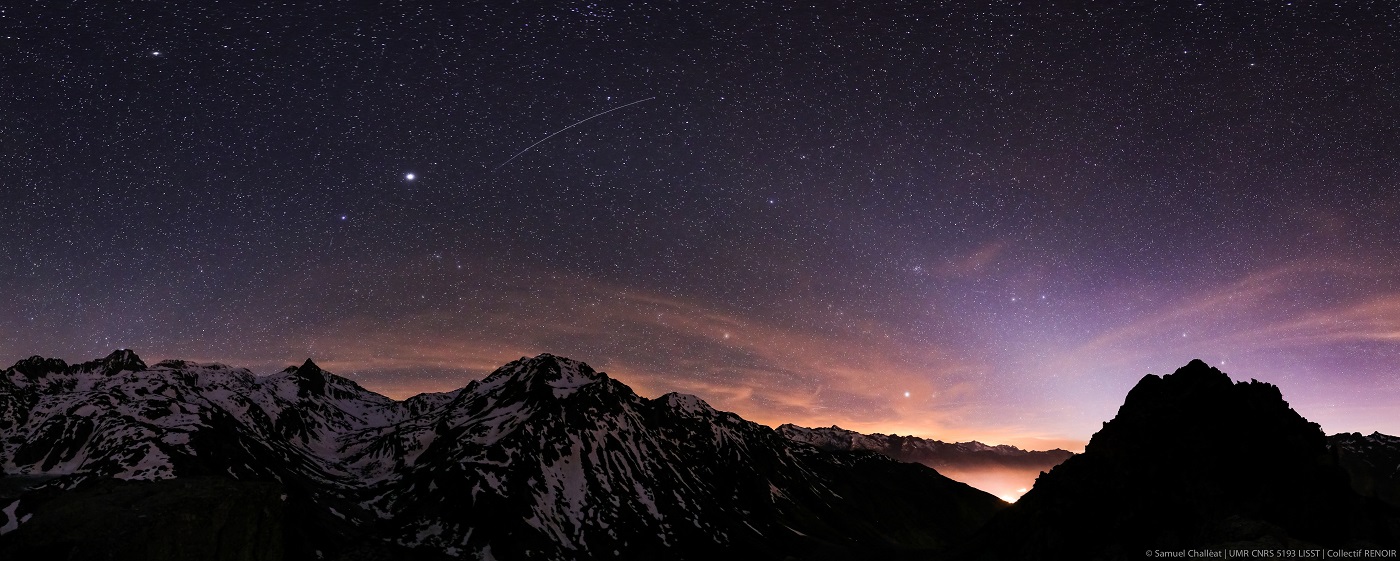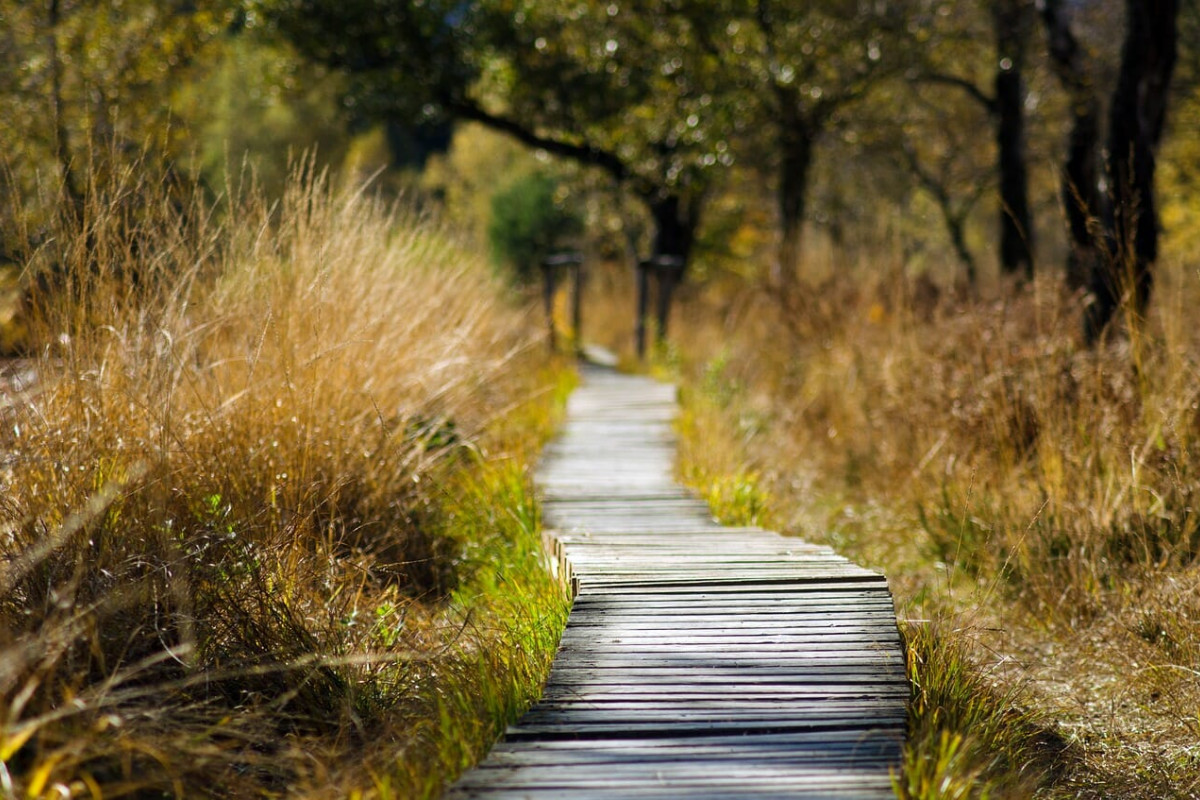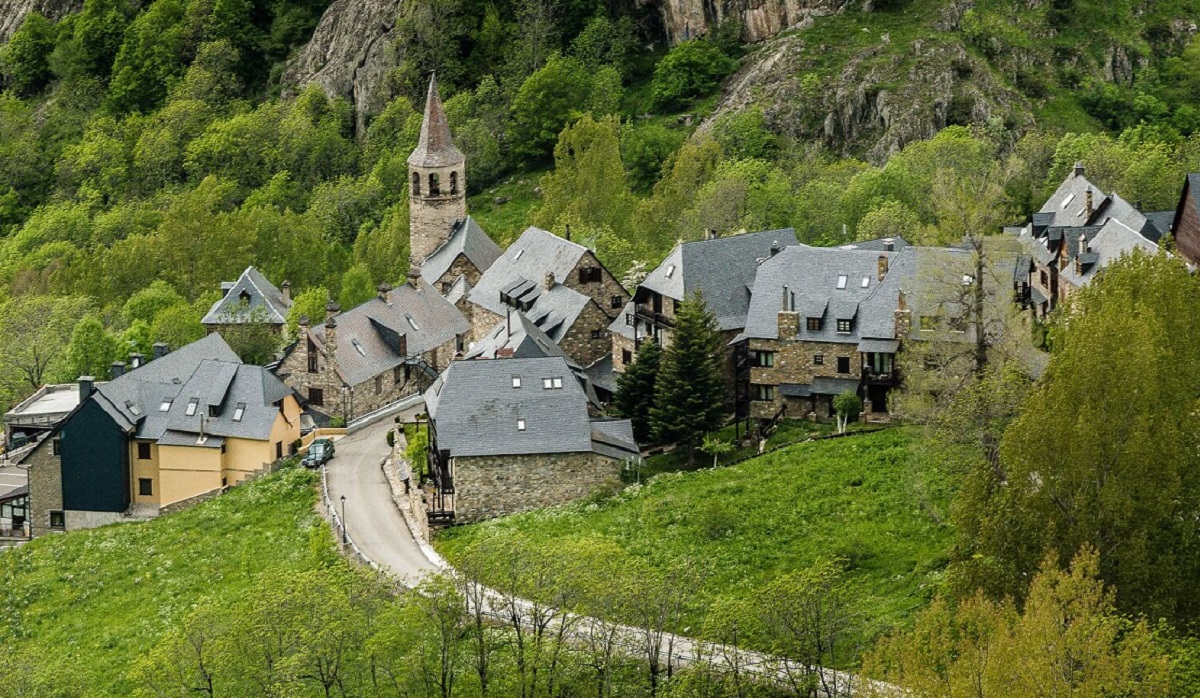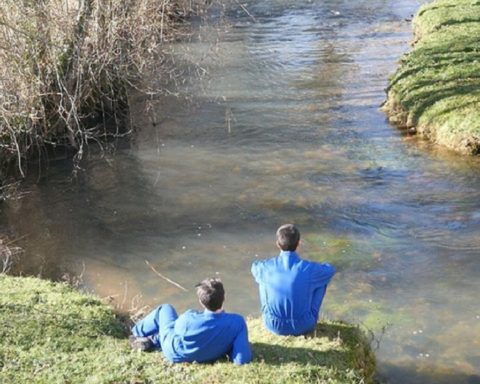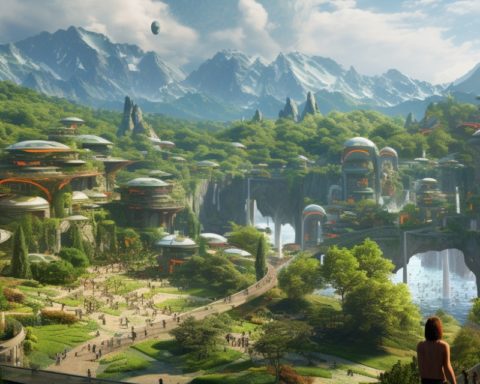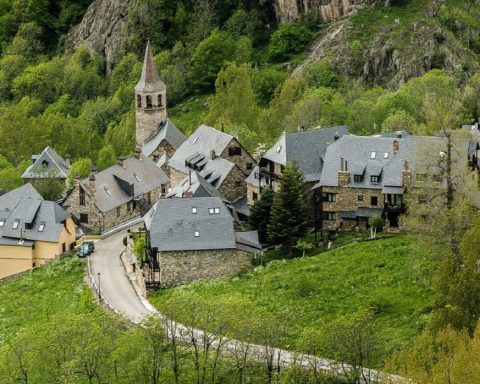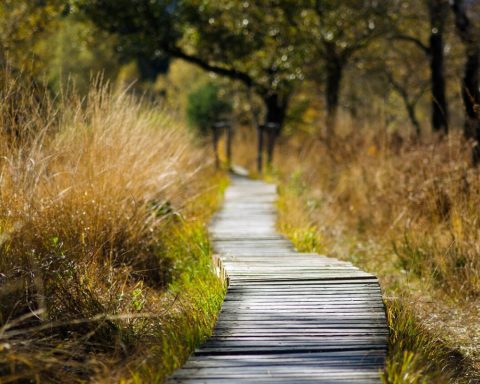Qui eut cru qu’après l’éclairage généralisé des foyers et des usines en 1879 par Thomas Edison, la fée électricité qui illumine nos villes et nos campagnes deviendrait source de rejets ? La lumière nocturne est devenue une cause de pollution en quelques décennies. Elle affecte de façon très sensible la biologie des animaux et des végétaux en modifiant l’alternance naturelle du jour et de la nuit au cours d’une journée. C’est pour cette raison que les Territoires, petit à petit, progressivement, s’approprient la lutte contre la pollution lumineuse, témoignant ainsi d’une prise en compte des questions de transitions énergétique et écologique dans les politiques d’aménagement du territoire.
Protection de la biodiversité, économie d’énergie, préservation de la santé et du bien-être constituent une demande sociale que peuvent difficilement ignorer les pouvoirs publics. Selon l’Association nationale pour la protection du ciel et de l’environnement nocturnes (ANPCEN), le nombre de points lumineux en France a crû de plus de 90 % en 25 ans. Cet accroissement entraîne une augmentation de la pollution lumineuse, dont les conséquences sont multiples : formation de halos lumineux empêchant l’observation du ciel étoilé, altération de la « ressource obscurité » vitale à de nombreuses espèces animales, ou encore perturbation du rythme circadien de sécrétion de la mélatonine chez l’homme.
La lutte contre la pollution lumineuse est aujourd’hui emblématique des logiques de transition qui travaillent l’aménagement des espaces ruraux et urbains. Protection de la biodiversité, économie d’énergie, préservation de la santé et du bien-être constituent une demande sociale que peuvent difficilement ignorer les pouvoirs publics. La récente saisine du Conseil d’État par deux associations environnementales pour que la loi de 2010 sur la pollution lumineuse soit appliquée en témoigne.
Des initiatives locales de lutte contre cette pollution existent. Ces expériences puisent dans des labels internationaux et nationaux émergents, dans des dispositifs institutionnels de protection de l’environnement plus anciens, ou encore dans des bricolages qui donnent une place aux enquêtes de terrain conduites auprès des habitants et usagers de l’éclairage urbain. Petit tour d’horizon.
Au Pic du Midi
Les Réserves internationales de ciel étoilé (RICE) constituent un label international de protection du ciel étoilé, décerné par l’International Dark sky Association. Cette association nord-américaine de défense du ciel nocturne définit une RICE comme « un espace privé ou public offrant un environnement nocturne et des nuits étoilées d’une qualité exceptionnelle et faisant l’objet d’une protection explicite à titre de patrimoine scientifique, naturel, éducatif et culturel et/ou en raison de sa mission visant à offrir au public la jouissance d’un vaste territoire. »
En France, la RICE du Pic du Midi a été créée le 19 décembre 2013. Pionnière sur le territoire national, elle se situe en région Occitanie, dans le département des Hautes-Pyrénées. Elle regroupe 251 communes urbaines et rurales. La protection du ciel étoilé entourant le Pic du Midi rejoint une valorisation touristique ancienne et bien ancrée territorialement.
Pourquoi ne pas profiter d’une lecture illimitée de UP’ ? Abonnez-vous à partir de 1.90 € par semaine.
C’est dans cette trajectoire de développement que s’inscrivent les acteurs de la labellisation du Pic. En faisant de la nuit étoilée une nouvelle ressource territoriale, ils portent des représentations et intérêts qui obligent à considérer la pollution lumineuse et ses effets dans leurs dimensions scientifiques, culturelles et énergétiques.
Avec la démarche expérimentale de Trame sombre menée par le Parc national des Pyrénées et le Parc naturel régional des Pyrénées ariégeoises, en relation avec la RICE, l’aménagement et le développement des territoires s’ouvrent désormais à la protection de la biodiversité nocturne.
Time lapse à l’Observatoire du Pic du Midi (Romain Montaigut, 2014).
Dans les Baronnies provençales
En complément de la Loi relative à la transition énergétique pour la croissance verte (2015), la Loi pour la reconquête de la biodiversité, de la nature et des paysages (2016) entérine les notions d’environnement et de paysage nocturnes en les inscrivant au Code de l’environnement. De par leur mission d’innovation, les Parcs naturels régionaux (PNR) sont en première ligne pour mettre en œuvre protection et valorisation de l’environnement et du paysage nocturnes. Ce qui se passe au sein du PNR des Baronnies provençales en est une juste illustration.
Créé en janvier 2015, ce Parc est à cheval sur les régions Rhône-Alpes Auvergne et Provence-Alpes-Côte d’Azur. Il regroupe 130 communes pour 39 000 habitants et souhaite faire de l’expérience de nature un facteur d’intégration et d’attractivité territoriales. Dans cette perspective, il fait de « l’empaysagement » du territoire une modalité de son projet territorial qui inclut « une politique de préservation du ciel noir contre la pollution lumineuse ».
Autour du PNR des Baronnies, d’autres territoires travaillent également à la protection l’environnement nocturne (Parc national des Écrins, Parc national du Mercantour, PNR du Luberon, des Bauges, etc.). Fédérer ces initiatives permettrait de poser les fondements expérimentaux d’une trame noire au sein de laquelle chaque PNR constituerait un réservoir de biodiversité nocturne.
Dans l’agglomération grenobloise
Dans la lutte contre la pollution lumineuse, les communes jouent également un rôle. 12 000 d’entre elles modulent ou éteignent leur éclairage public durant certaines plages horaires. Parmi elles, 750 appliquent les bonnes pratiques de l’ANPCEN sous le label Villes et villages étoilés. D’autres expérimentent, s’adonnent à des bricolages non labellisés qui s’appuient sur les « territorialités », c’est-à-dire sur la prise en considération de ce que font les usagers de et dans la nuit. Ainsi, dans leur poursuite d’un « éclairer juste », un nombre croissant de communes élaborent un compromis d’aménagement. Par des enquêtes de terrain auprès des habitants, des questionnaires ou l’organisation de déambulations nocturnes, les élus locaux identifient les besoins et usages des espaces nocturnes pour adapter l’éclairage public.
Ce genre d’expérimentation a par exemple été mise en œuvre en concertation avec la population dans la commune de Crolles, au sein de l’agglomération grenobloise. Sur une période de dix mois, de février à novembre 2015, les habitants de la ville ont été entendus lors de réunions publiques, au cours desquelles ils ont pu dire leurs craintes, leurs attentes face à l’extinction de l’éclairage public durant certaines tranches horaires (de 01h00 à 05h00). Questionnaires sur l’expérimentation, promenades nocturnes ont été organisés pour connaître les besoins et habitudes de la population.
Pour lutter contre la désinformation et privilégier les analyses qui décryptent l’actualité, rejoignez le cercle des lecteurs abonnés de UP’
L’éclairage public de Crolles (Ville de Crolles, 2016)
Cette démarche permet aux habitants de dépasser les fausses représentations – notamment sur la délinquance nocturne – autant qu’elle diffuse des savoirs scientifiques sur la santé et la biodiversité.
S’approprier les politiques territoriales
Ces différentes expériences de lutte contre la pollution lumineuse témoignent d’une progressive prise en compte des questions de transitions énergétique et écologique dans les politiques d’aménagement du territoire. Inscrites dans les documents de planification territoriale, elles peinent cependant à trouver leurs publics. Confisquées par un urbanisme de conception au détriment d’un urbanisme des usages, confrontée au renouvellement des expériences de nature et limitées par l’incertitude scientifique sur ses conséquences, elles sont un enjeu difficile à socialiser. D’où la nécessité de repenser à la fois les termes de l’analyse et les conditions de l’aménagement de l’espace.
Une piste sérieuse émerge qui rapproche la tradition de recherche sur les socio écosystèmes de celle de géographie sociale sur les territoires. Autrement dit, les sciences expérimentales et les sciences sociales progressent dans le rapprochement de leurs questions et méthode d’analyse.
Mais la difficulté reste le « comment faire », c’est-à-dire l’application de ces analyses dans des politiques d’aménagement territorialement situées. Ici, les méthodes de production de connaissance (les sciences participatives, la recherche action, la recherche engagée) bousculent la portée sociale des savoirs scientifiques et l’expérience praticienne des professionnels de l’aménagement.
Au-delà des questions scientifiques soulevées par la pollution lumineuse, c’est l’enjeu d’une appropriation plus générale des politiques de transition et de protection de la biodiversité qui apparaît. Dans cette perspective, certains territoires vous donnent la possibilité de vivre une expérience sensorielle de la nuit. Alors, lors de vos excursions, ne boudez pas votre plaisir ! Osez l’observation attentive des paysages nocturnes durant vos bivouacs, les randonnées à la rencontre de la faune nocturne, ou plus simplement les animations proposées par les clubs d’astronomie près de chez vous.
Samuel Challéat, Chercheur en géographie de l’environnement, Université Toulouse – Jean Jaurès, en collaboration avec Dany Lapostolle, Université de Franche-Comté
Cet article est republié à partir de The Conversation, partenaire éditorial de UP’ Magazine. Lire l’article original.

